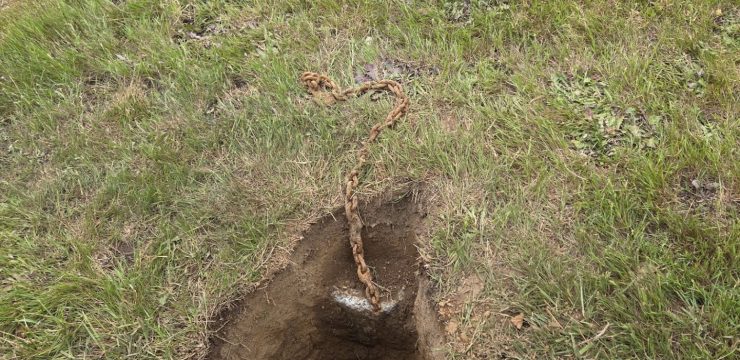When we think about the foods we eat every day, we often focus on nutrition, taste, and variety, aiming for a balanced diet that supports our health and well-being. However, not all foods are entirely safe, and some can even be deadly if not handled properly. One surprising example is cassava, a root vegetable that’s earned the alarming nickname “the world’s deadliest food.” Despite this reputation, nearly 500 million people around the world rely on cassava as a staple in their daily diets.

Cassava, native to Central and South America, is commonly used in the same way as potatoes and is rich in essential nutrients like Vitamin C and copper. It is especially popular throughout tropical regions, where it thrives in poor soil conditions and provides a crucial source of calories. Nigeria, Thailand, and Indonesia are among the world’s top producers of cassava, and its widespread availability makes it a vital crop in many developing nations. However, the risk associated with cassava lies in how it’s consumed. If eaten raw or improperly prepared, cassava can be toxic due to the presence of natural compounds called cyanogenic glucosides. These compounds, which serve as a defense mechanism for the plant, release cyanide when the plant tissue is damaged—such as when it’s peeled, chopped, or chewed. Cyanide, as most people know, is a deadly poison, and regular exposure can result in serious health complications or even death.
According to the World Health Organization (WHO), approximately 200 people die each year from cassava-related cyanide poisoning. These deaths are typically not due to deliberate misuse, but rather because cassava is consumed during times of hardship, such as famine or war, when proper preparation methods might be skipped out of necessity. In these cases, the risk of acute cyanide poisoning increases significantly. Moreover, long-term exposure to low levels of cyanide from cassava consumption has been linked to a neurological disease called konzo. Konzo is a sudden-onset condition that causes irreversible paralysis in the legs. It is strongly associated with the consumption of bitter cassava and diets low in protein, which makes it more common in areas suffering from extreme poverty and food insecurity. The disease is often seen in epidemic form but can also appear sporadically in small outbreaks.
Despite these dangers, cassava remains a crucial part of the diet in many communities. Fortunately, the risks can be effectively managed through proper preparation techniques that have been passed down for generations in many cultures. To make cassava safe to eat, the peeled roots should be soaked in water for at least 24 hours, which helps leach out the toxic compounds. After soaking, boiling the cassava or drying it in the sun further reduces the levels of cyanide to safe amounts. When cooked properly and consumed in moderation, cassava becomes a valuable source of carbohydrates, fiber, vitamins, and minerals.
It offers a filling and nutritious option, particularly in regions where food choices are limited. Its resilience as a crop makes it a dependable food source in challenging climates and poor soils where other crops might fail. The danger associated with cassava doesn’t lie in the vegetable itself, but in the lack of awareness or the inability to prepare it properly due to limited resources. Education and public health efforts are essential to ensuring that communities dependent on cassava understand how to prepare it safely. Promoting awareness of safe processing methods, especially in times of crisis, can prevent illness and save lives. In conclusion, cassava’s label as “the world’s deadliest food” highlights a serious risk, but also underscores the importance of knowledge and preparation. While it can indeed be harmful when eaten raw or inadequately processed, cassava is not inherently dangerous. With the right techniques, it transforms into a nourishing staple that supports millions around the world. Ensuring that people understand how to safely enjoy this important crop is a critical step in promoting global food security and preventing needless tragedies.





